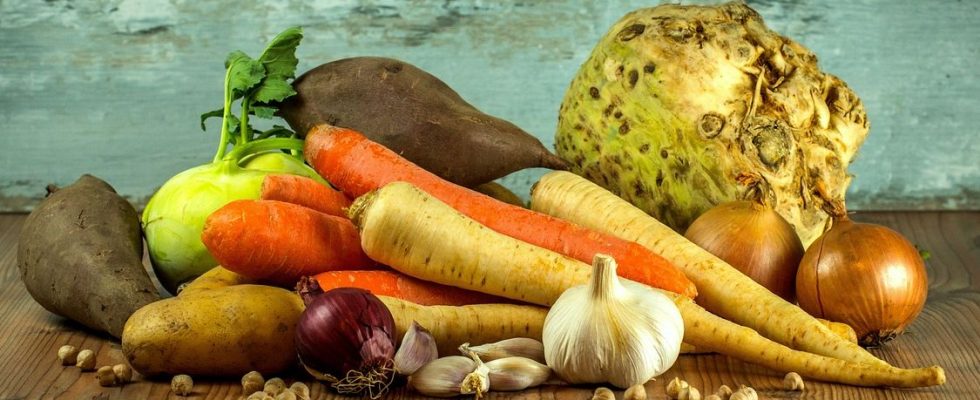Not all fruits and vegetables present in the composition of your cosmetics are there only to look pretty or to smell good. Some brands such as Coslys, Cultiv, Poméol or Kadalys place them at the heart of their formulas for their active ingredients. But even if you have to resort to it, you might as well choose the “unsold” ones, these so-called “ugly” fruits and vegetables, which the plates refuse. 20 minutes explains to you how these cosmetic brands recover them in order to make your skin beautiful in the most “responsible” way possible.
“Ugly”, yes, but no less effective!
In cosmetics, the appearance of fruits and vegetables has “no impact on the composition of treatments or on their effectiveness”, affirms from the outset 20 minutes Shirley Billot, founder of Kadalys, a banana-based beauty brand. And since the appearance of fruits and vegetables does not influence the quality of the final product, more and more brands prefer to recycle waste from industries or farmers. This is particularly the case of the Poméol brand, which recovers apples that are damaged or too acidic to be offered on the market. “It is the concentration of polyphenols or the richness of active ingredients in an apple which will be a criterion of choice for us,” says Julie Prieur Garrouste, innovation manager of the brand.
Even if it is waste, “the cosmetic nose is there”, underlines Céline Herbaux, marketing manager at Coslys who ensures that a “process of verifying the quality of the products makes it possible to guarantee their effectiveness”.
“We have a strict quality and ethics charter, which guides our partnerships,” also specifies Julie Prieur Garrouste. “Each of the Poméol apples is carefully selected, mostly harvested by hand and guaranteed without pesticides or GMOs! »
Kadalys, Cultiv and Coslys also confirm that they only use organic ingredients.
Upcycled vegetables and fruits in the world of beauty
Using bananas intended to be thrown away is above all “a responsible decision” which allows us to “promote the upcycling of waste”, confides Shirley Billot. The latter decided to collect its bananas at the source in order to fight against food loss which represents 40 tonnes of waste, or 20% of the harvest on a banana plantation in Martinique. To meet its orders for assets, Kadalys manages to prevent 16 tonnes of bananas from being destroyed in a single week.
For its part, Poméol even revalues apple marc, which corresponds to all the solid components that remain after pressing the fruit. And which serve as an antioxidant and participate in the activation of microcirculation within their products. “This is our way of upcycling, because we arrive in the second half of the race after the juice or cider producers, to give this part that we wrongly call waste, a second life” , says Julie Prieur Garrouste. Likewise, since 2016, the Coslys brand has been collecting chestnut and tomato husks from food factories to make brown coloring or oily macerates with softening properties for shower gels. Or hemp seeds in textile factories and wheat to use as a washing base, in all the structures that offer to sell their waste.
“I created my brand with the main aim of revalorizing ugly vegetables and fruits with interesting virtues for the skin,” confides Laure-Anne de Tastes, founder of Cultiv. “I chose beetroot which contains betaine. This active ingredient has the ability to keep water in the cells and diffuse it during the day,” she explains, “To support the skin barrier, I chose chicory which has inulin, prebiotics. (good bacteria) which will appear on the surface of the skin. Against skin aging, we use canteloup melon, nicknamed “melon that does not age” because it has antioxidants. “This brings additional income to farmers,” she emphasizes.

